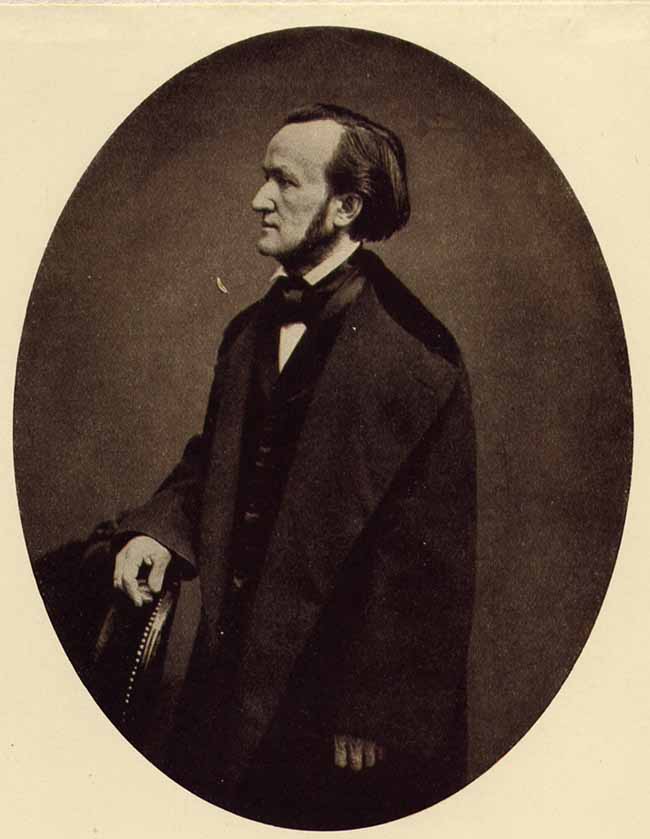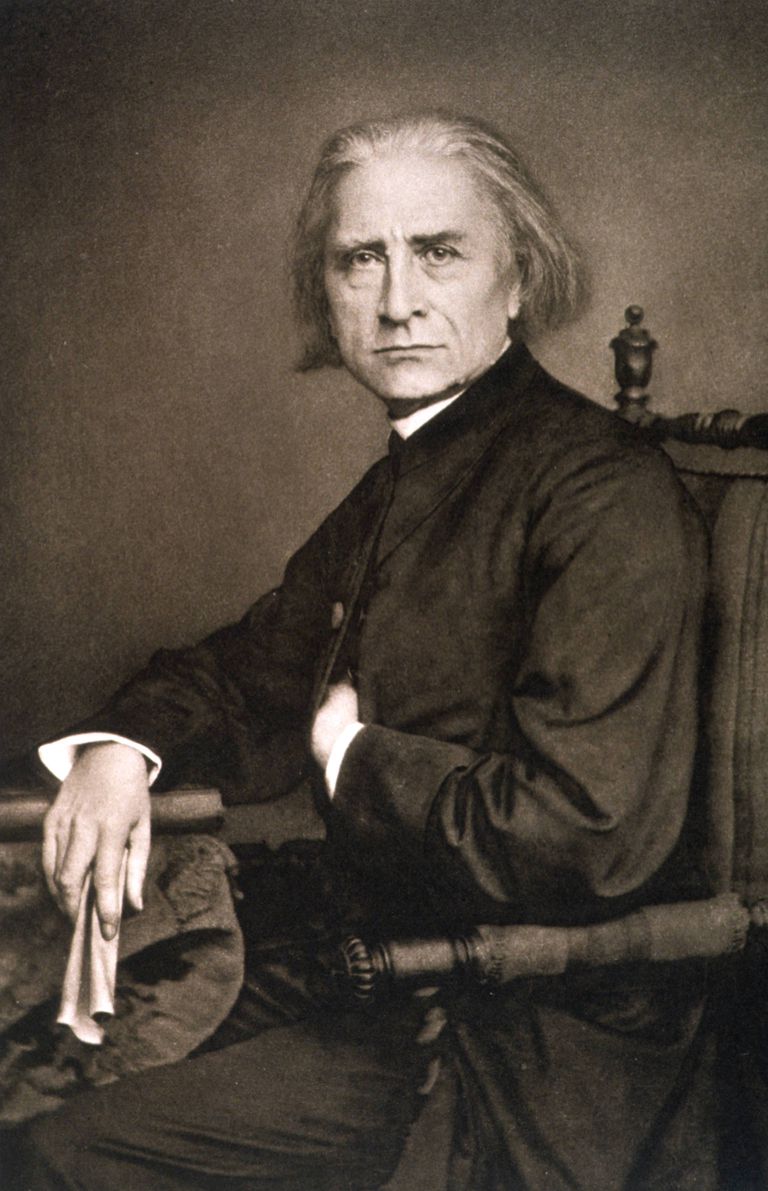|
Arthur Endrèze
Arthur Endrèze (28 November 1893, in Chicago – 15 April 1975, in Chicago) was an American baritone opera singer who enjoyed a popular career in Paris and sang in many premieres.Alain Pâris. ''Dictionnaire des interprètes et de l'interprétation musicale au XX siècle.'' Éditions Robert Laffont, Paris, 1995 (p382). His voice was described as "warm, lyrical" and "well suited to the French repertory". Biography Born Arthur E Kraeckmann, he studied agronomy at the University of Illinois, and sang for pleasure in his spare time. He came to the attention of the conductor Walter Damrosch who advised him to go to France to improve his singing; he did so, enrolling at the American conservatoire at Fontainebleau where he studied under Jean de Reszke. Endrèze made his debut in 1925 in Nice in the role of Don Giovanni, following this with Hamlet, and went on to sing in seasons at Deauville. In Paris he made his début on 4 October 1928 in '' Le roi d'Ys'' as Karnac, and sang roles ... [...More Info...] [...Related Items...] OR: [Wikipedia] [Google] [Baidu] |
Madama Butterfly
''Madama Butterfly'' (; ''Madame Butterfly'') is an opera in three acts (originally two) by Giacomo Puccini, with an Italian libretto by Luigi Illica and Giuseppe Giacosa. It is based on the short story " Madame Butterfly" (1898) by John Luther Long, which in turn was based on stories told to Long by his sister Jennie Correll and on the semi-autobiographical 1887 French novel '' Madame Chrysanthème'' by Pierre Loti.Chadwick Jenna"The Original Story: John Luther Long and David Belasco" on columbia.edu Long's version was dramatized by David Belasco as the one-act play '' Madame Butterfly: A Tragedy of Japan'', which, after premiering in New York in 1900, moved to London, where Puccini saw it in the summer of that year. The original version of the opera, in two acts, had its premiere on 17 February 1904 at La Scala in Milan. It was poorly received, despite having such notable singers as soprano Rosina Storchio, tenor Giovanni Zenatello and baritone Giuseppe De Luca in le ... [...More Info...] [...Related Items...] OR: [Wikipedia] [Google] [Baidu] |
Joseph (opera)
''Joseph'' (also known as ) is an opéra comique in three acts by the French composer Étienne Méhul. The libretto, by Alexandre Duval, is based on the Biblical story of Joseph and his brothers. The work was first performed by the Opéra-Comique in Paris on 17 February 1807 at the Théâtre Feydeau. It mixes musical numbers with spoken dialogue and is described in both the libretto and the printed announcement for the opening night as a , although the Méhul scholar Elizabeth Bartlet catalogues it as an . Background Méhul probably met Duval, an ex-soldier and actor, at the salon of Sophie Gay and suggested composing an opera on the Biblical story of Joseph (). In writing ''Joseph'', Méhul and his librettist may have been trying to exploit the contemporary vogue for operas on religious themes and the French fascination for Egypt after Napoleon's expedition to the country in 1798. Duval was directly inspired by Pierre Baour-Lormian's verse tragedy , which had appeared in ... [...More Info...] [...Related Items...] OR: [Wikipedia] [Google] [Baidu] |
Castor Et Pollux
''Castor et Pollux'' (''Castor and Pollux'') is an opera by Jean-Philippe Rameau, first performed on 24 October 1737 by the Académie royale de musique at its theatre in the Palais-Royal in Paris. The librettist was Pierre-Joseph-Justin Bernard, whose reputation as a salon poet it made. This was the third opera by Rameau and his second in the form of the ''tragédie en musique'' (if the lost ''Samson'' is discounted). Rameau made substantial cuts, alterations and added new material to the opera for its revival in 1754. Experts still dispute which of the two versions is superior. Whatever the case, ''Castor et Pollux'' has always been regarded as one of Rameau's finest works. Composition history Charles Dill proposes that Rameau had composed the 1737 opera just after working with Voltaire on the opera "Samson" that was never completed, after which he composed "Castor et Pollux" implementing Voltaire's aesthetics. For example, Voltaire sought the presentation of static tableaus th ... [...More Info...] [...Related Items...] OR: [Wikipedia] [Google] [Baidu] |
Roméo Et Juliette
''Roméo et Juliette'' (, ''Romeo and Juliet'') is an opera in five acts by Charles Gounod to a French libretto by Jules Barbier and Michel Carré, based on ''Romeo and Juliet'' by William Shakespeare. It was first performed at the Théâtre Lyrique (Théâtre-Lyrique Impérial du Châtelet), Paris on 27 April 1867. This opera is notable for the series of four duets for the main characters and the waltz song ''"Je veux vivre"'' for the soprano. Performance history Gounod's opera ''Faust'' had become popular at the Théâtre Lyrique since its premiere in 1859 (it was performed over 300 times between 1859 and 1868) and this led to a further commission from the director Léon Carvalho. Walsh, T. J. ''Second Empire Opera – The Théâtre-Lyrique Paris 1851–1870.'' John Calder, London, 1981. Behind the scenes there were difficulties in casting the lead tenor, and Gounod was said to have composed the last act twice, but after the public general rehearsal and first night it was hail ... [...More Info...] [...Related Items...] OR: [Wikipedia] [Google] [Baidu] |
Hérodiade
''Hérodiade'' is an opera in four acts by Jules Massenet to a French libretto by Paul Milliet and Henri Grémont, based on the novella ''Hérodias'' (1877) by Gustave Flaubert. It was first performed at the Théâtre de la Monnaie in Brussels on 19 December 1881. The libretto is a retelling of the story of John the Baptist, Salome, Herod Antipas and Herodias, but is strikingly less psychological and bloody than Richard Strauss's ''Salome'', which is based on a text by Oscar Wilde. The opera premiered in Brussels because Auguste Vaucorbeil, Manager of the Paris Opera house refused to stage the work; "I do like your music," he had said to Massenet, "but as for the libretto, you badly need an author who knows how to build the skeleton of a play." Massenet also created a ballet suite derived from the opera. Performance history The opera reached Paris at the Théâtre des Nations on 1 February 1884, and the final performance of the run on 13 March featured the three De Reszkes; ... [...More Info...] [...Related Items...] OR: [Wikipedia] [Google] [Baidu] |
Thaïs (opera)
''Thaïs'' () is an opera, a ''comédie lyrique'' in three acts and seven tableaux, by Jules Massenet to a French libretto by Louis Gallet, based on the novel ''Thaïs (novel), Thaïs'' by Anatole France. It was first performed at the Palais Garnier, Opéra Garnier in Paris on 16 March 1894, starring the American soprano Sibyl Sanderson, for whom Massenet had written the title role. The original production was directed by Alexandre Lapissida, with costumes designed by Charles Bianchini and sets by Marcel Jambon (act 1, scene 1; act 3) and Eugène Carpezat (act 1, scene 2; act 2). The opera was later revised by the composer and was premiered at the same opera house on 13 April 1898. The work was first performed in Italy at the Teatro Lirico (Milan), Teatro Lirico Internazionale in Milan on 17 October 1903 with Lina Cavalieri in the title role and Francesco Maria Bonini as Athanaël. In 1907, the role served as Mary Garden's American debut in New York in the U.S. premiere performance ... [...More Info...] [...Related Items...] OR: [Wikipedia] [Google] [Baidu] |
Tristan Und Isolde
''Tristan und Isolde'' (''Tristan and Isolde''), WWV 90, is a music drama in three acts by Richard Wagner set to a German libretto by the composer, loosely based on the medieval 12th-century romance ''Tristan and Iseult'' by Gottfried von Strassburg. First conceived in 1854, the music was composed between 1857 and 1859 and premiered at the Königliches Hoftheater und Nationaltheater in Munich on 10 June 1865 with Hans von Bülow conducting. While performed by opera companies, Wagner preferred the term ''Handlung'' (German for "plot" or "action") for ''Tristan'' to distinguish its structure of continuous narrative flow (" endless melody") as distinct from that of conventional opera at the time which was constructed of mundane recitatives punctuated by showpiece arias, which Wagner had come to regard with great disdain. Wagner's composition of ''Tristan und Isolde'' was inspired in part by the philosophy of Arthur Schopenhauer, as well as by his relationship with his muse ... [...More Info...] [...Related Items...] OR: [Wikipedia] [Google] [Baidu] |
Lohengrin (opera)
''Lohengrin'' ( in German language, German), Wagner-Werk-Verzeichnis, WWV 75, is a Romanticism, Romantic opera in three acts composed and written by Richard Wagner, first performed in 1850. The story of the eponymous character is taken from medieval German romance, notably the ''Parzival'' of Wolfram von Eschenbach, and its sequel ''Lohengrin'', itself inspired by the epic of ''Garin le Loherain''. It is part of the Knight of the Swan legend. The opera has inspired other works of art. King Ludwig II of Bavaria named his castle Neuschwanstein Castle after the Swan Knight. It was King Ludwig's patronage that later gave Wagner the means and opportunity to complete, build a theatre for, and stage his epic cycle ''Der Ring des Nibelungen''. He had discontinued composing it at the end of Act II of ''Siegfried'', the third of the ''Ring'' tetralogy, to create his radical chromatic masterpiece of the late 1850s, ''Tristan und Isolde'', and his lyrical comic opera of the mid-1860s, ''Di ... [...More Info...] [...Related Items...] OR: [Wikipedia] [Google] [Baidu] |
Les Huguenots
() is an opera by Giacomo Meyerbeer and is one of the most popular and spectacular examples of grand opera. In five acts, to a libretto by Eugène Scribe and Émile Deschamps, it premiered in Paris on 29 February 1836. Composition history ''Les Huguenots'' was some five years in creation. Meyerbeer prepared carefully for this opera after the sensational success of ''Robert le diable'', recognising the need to continue to present lavish staging, a highly dramatic storyline, impressive orchestration and virtuoso parts for the soloists – the essential elements of the new genre of Grand Opera. Meyerbeer and his librettist for ''Robert le Diable'', Eugène Scribe, had agreed to collaborate on an epic work concerning the French Wars of Religion, with a drama partly based on Prosper Mérimée's 1829 novel ''A Chronicle of the Reign of Charles IX''. Coming from a wealthy family, Meyerbeer could afford to take his time, dictate his own terms, and to be a perfectionist. The very detai ... [...More Info...] [...Related Items...] OR: [Wikipedia] [Google] [Baidu] |
Samson Et Dalila
''Samson and Delilah'' (), Op. 47, is a grand opera in three acts and four scenes by Camille Saint-Saëns to a French libretto by Ferdinand Lemaire. It was first performed in Weimar at the (Grand Ducal) Theater (now the Staatskapelle Weimar) on 2 December 1877 in a German translation. The opera is based on the Bible, Biblical tale of Delilah#Biblical narrative, Samson and Delilah found in Chapter 16 of the Book of Judges in the Old Testament. It is the only opera by Saint-Saëns that is regularly performed. The second act love scene in Delilah's tent is one of the set pieces that define French opera. Two of Delilah's arias are particularly well known: "" ("Spring begins") and "" ("My heart opens itself to your voice", also known as "Softly awakes my heart"), the latter of which is one of the most popular recital pieces in the mezzo-soprano/contralto repertoire. Composition history In the middle of the 19th century, a revival of interest in Choir, choral music swept France, a ... [...More Info...] [...Related Items...] OR: [Wikipedia] [Google] [Baidu] |





